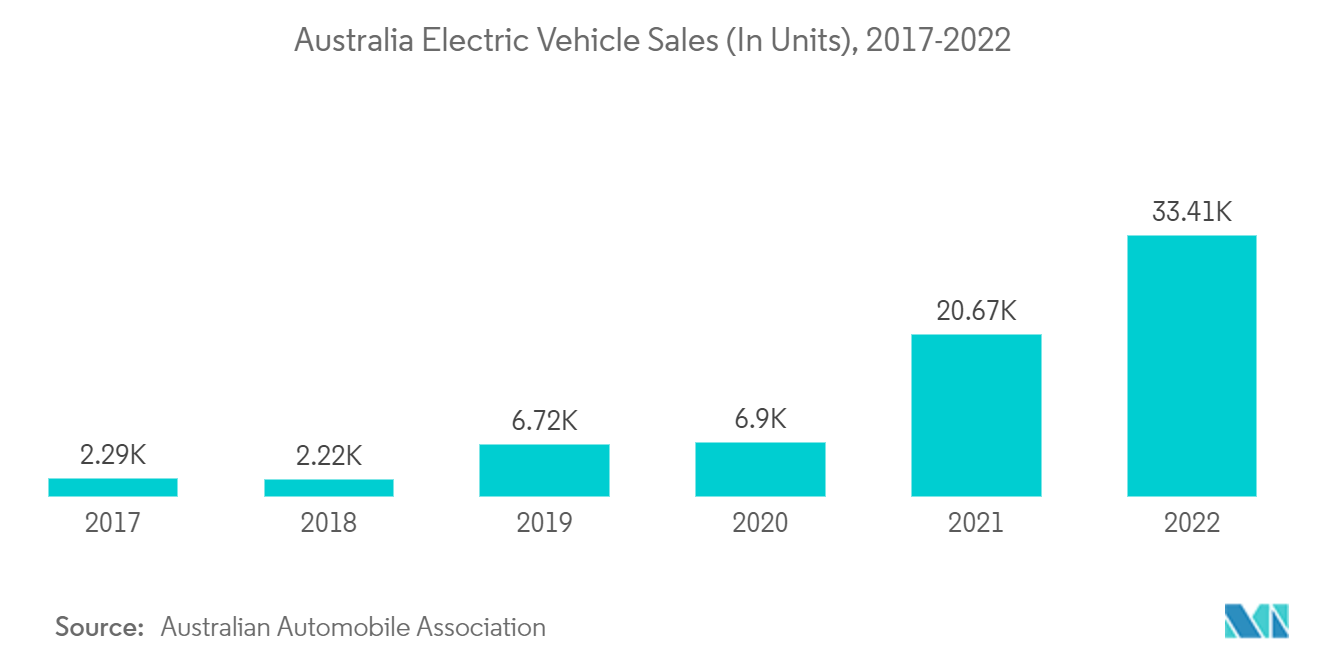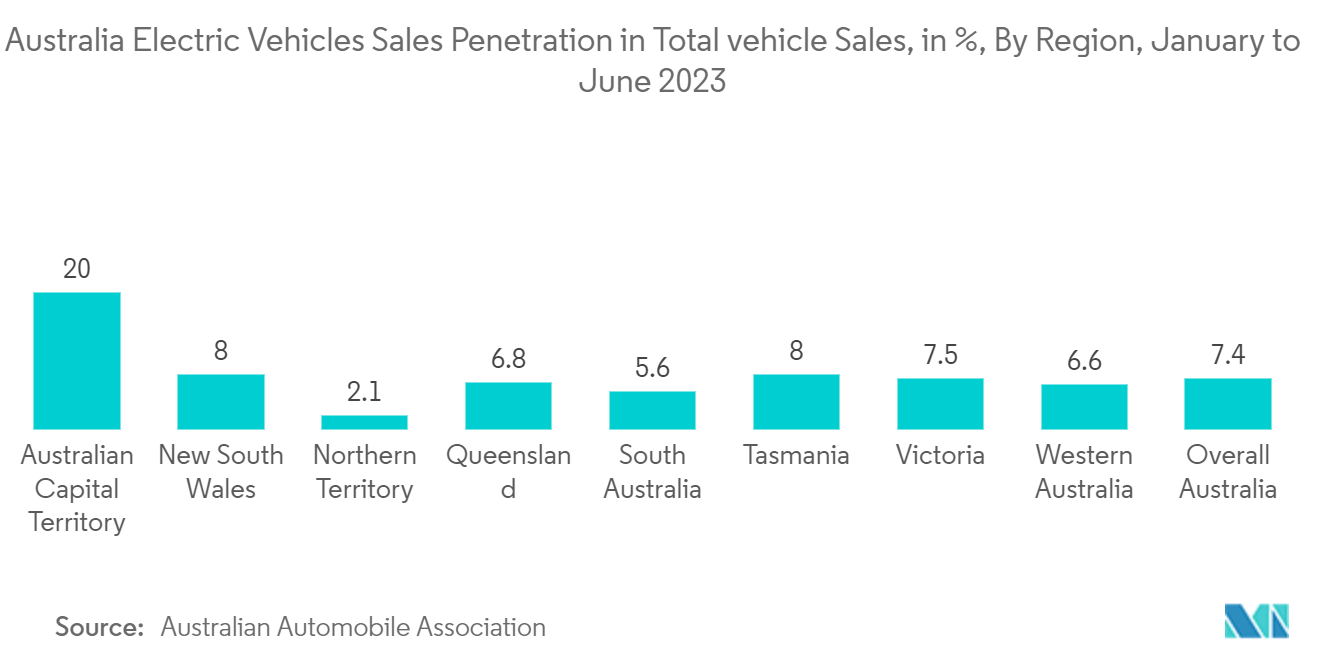Market Trends of Australia Automotive Parts Magnesium Die Casting Industry
Pressure Die Casting Process dominating the market
- The rise in demand for electric vehicles and a shift in consumer preferences have pushed vehicle manufacturers to replace heavier components with lightweight which are manufactured from alloys like Magnesium. According to Electric Vehicle Council (EVC), the number of electric vehicles on Australian roads has almost doubled over the past year, growing from 44,000 at the beginning of 2022 to more than 83,000 at the start of the year 2023.
- Major vehicle manufacturers use magnesium alloy for applications like mirror housings, steering columns, driver's airbag casings, seat frames, and dash encasings. The growing trend towards greater battery and fuel efficiency, along with the demand for improved performance, has driven increased interest in high-pressure diecast magnesium alloys. These alloys have an excellent combination of mechanical properties and the highest strength-to-weight ratio of any structural metal.
- A major concern is its cost. Manufacturers want the best performance while spending the least. Magnesium Die Casting doesn't seem to agree with that. It is more expensive than Aluminum Die Casting and not a budget-friendly option, which is likely to affect the market growth in coming years.
- In addition, the companies manufacturing EVs are also actively procuring pressure diecasting machines and are adopting this technology to make themselves ready for growing consumer demand.

Increased Application in Body Parts
- Structural cast magnesium applications are increasingly used in the premium Car segments for applications such as suspension domes, longitudinal carriers, cross-members, doors/gates, and A-B-C pillars.
- Moreover, as body die-casting components are increasingly popular in the automotive industry, owing to their multiple applications, several original equipment manufacturers (OEMs) are already using such components in their key models. Currently, they are proving their strengths above all with upper-class cars such as the new Jaguar I-Pace, the BMW series 8 Coupé, or the Mercedes-Benz C class.
- In addition, the trend of lightweight vehicles driven by demand from the electric vehicle industry to further support the market's growth over the forecast period. So, accordingly, as the demand for lightweight body parts is soaring, companies are working towards dedicated units for production.
- The automotive industry is highly competitive, with fuel economy and emission control demand driving this. Indeed, with an increasing number of vehicles on the roads, it is more important than ever to reduce weight to improve fuel efficiency and reduce CO2 emissions.
- Additionally, the reduced weight allows manufacturers to save money on transportation costs, which they can then pass on to their customers. Consumers will benefit from lower prices and increased fuel efficiency due to using lighter vehicles, which in turn is likely to enhance the demand for magnesium die-casting body parts in vehicles in the coming years.

